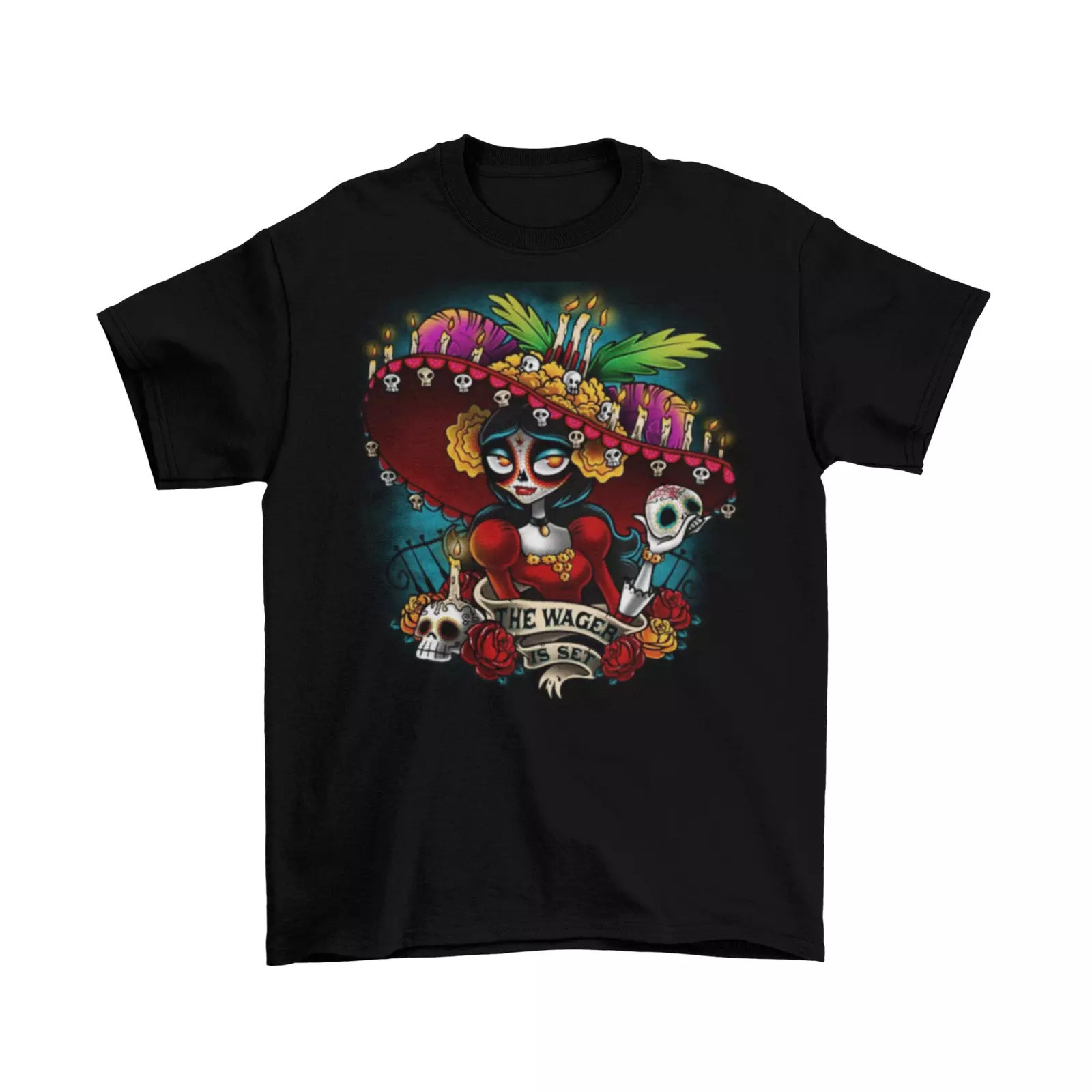The Vibrant Celebration of Día de los Muertos: Honoring the Deceased with Life and Color
As the autumn season sets in, many around the world are preparing to celebrate a holiday that may seem somber at first, but is actually a vibrant and joyful tribute to those who have passed on: Día de los Muertos, or Day of the Dead. This traditional Mexican holiday, celebrated on November 1 and 2, is a rich tapestry of history, art, and culture, where the living come together to honor their loved ones who have departed.
A Celebration with Ancient Roots
The origins of Día de los Muertos date back to the ancient Aztec and Toltec civilizations, where death was not seen as an end, but rather a transition to a new stage of life. The Aztecs used skulls to honor the dead, and this tradition has been passed down through the centuries, evolving into the colorful sugar skulls and skeletons that are now synonymous with the holiday.
Today, Día de los Muertos is a celebration that blends Mesoamerican, European, and Spanish cultures, where families and friends gather to pay their respects to those who have passed on. The holiday has become a way to make peace with the eventuality of death, treating it familiarly, without fear and dread.
Ofrendas, Altars, and Decorations
Celebrants create ofrendas, or altars, in their homes, filled with offerings to the dead, such as favorite foods, drinks, and personal belongings. These altars are often decorated with marigolds, the traditional flower of the dead, and colorful papel picado, or paper banners. Families also visit cemeteries to clean and decorate the graves of their loved ones, often holding feasts and celebrations to honor their memory.
In addition to the traditional decorations, tattoos and art have become an integral part of the Día de los Muertos celebration. Many people wear sugar skull-inspired tattoos, while others create intricate art pieces to honor the deceased. This fusion of art and tradition has helped to make Día de los Muertos a unique and vibrant holiday.
A Celebration of Life and Legacy
Día de los Muertos is not just a celebration of those who have passed on, but also a celebration of life and legacy. It is a time for families and friends to come together, share stories, and remember the lives of their loved ones. The holiday is often filled with humor and laughter, as celebrants recall amusing events and anecdotes about the departed.
As one celebrant, Yamely Chavez Kennedy, said, "Día de los Muertos is a time for us to honor our loved ones who have passed on, and to celebrate the lives they lived. It's a time for us to come together and remember the good times, and to keep their memory alive."
Colima Market in Bend, Oregon, is one place where the Día de los Muertos celebration is thriving. The market, which serves the local Latino community, hosts a festive celebration each year, complete with ofrendas, traditional foods, and decorations. The event has become a beloved tradition in the community, and a way for people to connect with their heritage.
As we celebrate Día de los Muertos, we are reminded that death is not an end, but rather a new chapter in life. It is a time to honor those who have passed on, and to celebrate the lives they lived. It is a time for families and friends to come together, and to keep the memory of their loved ones alive.
#Culture

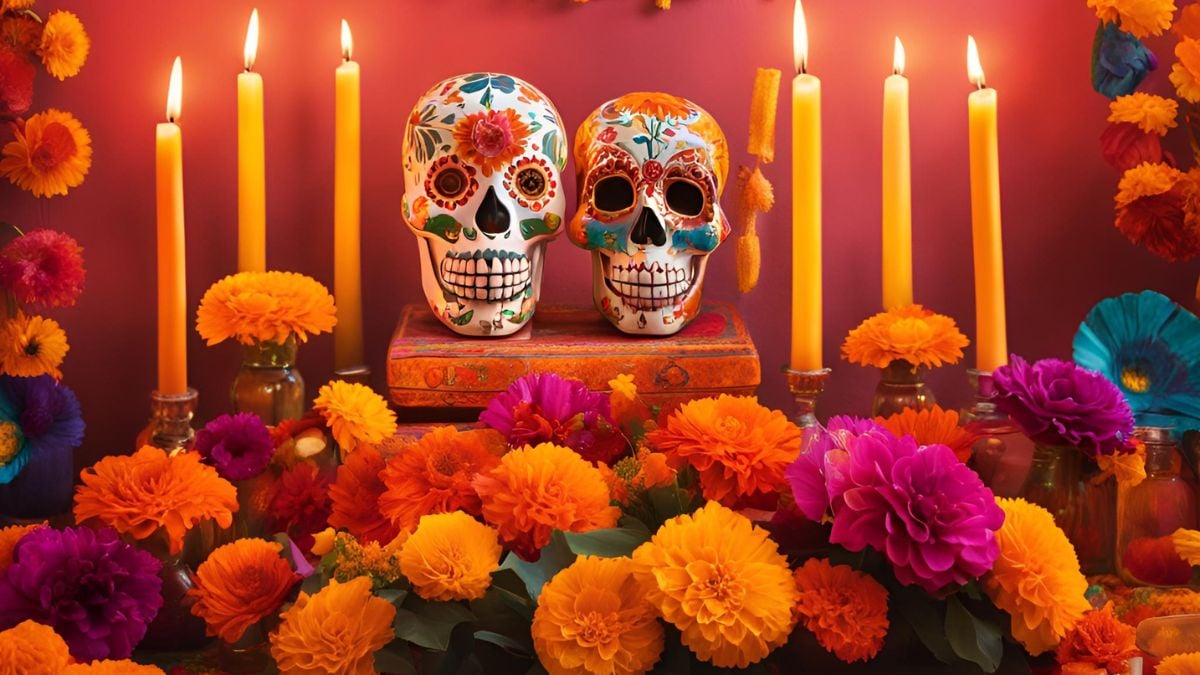
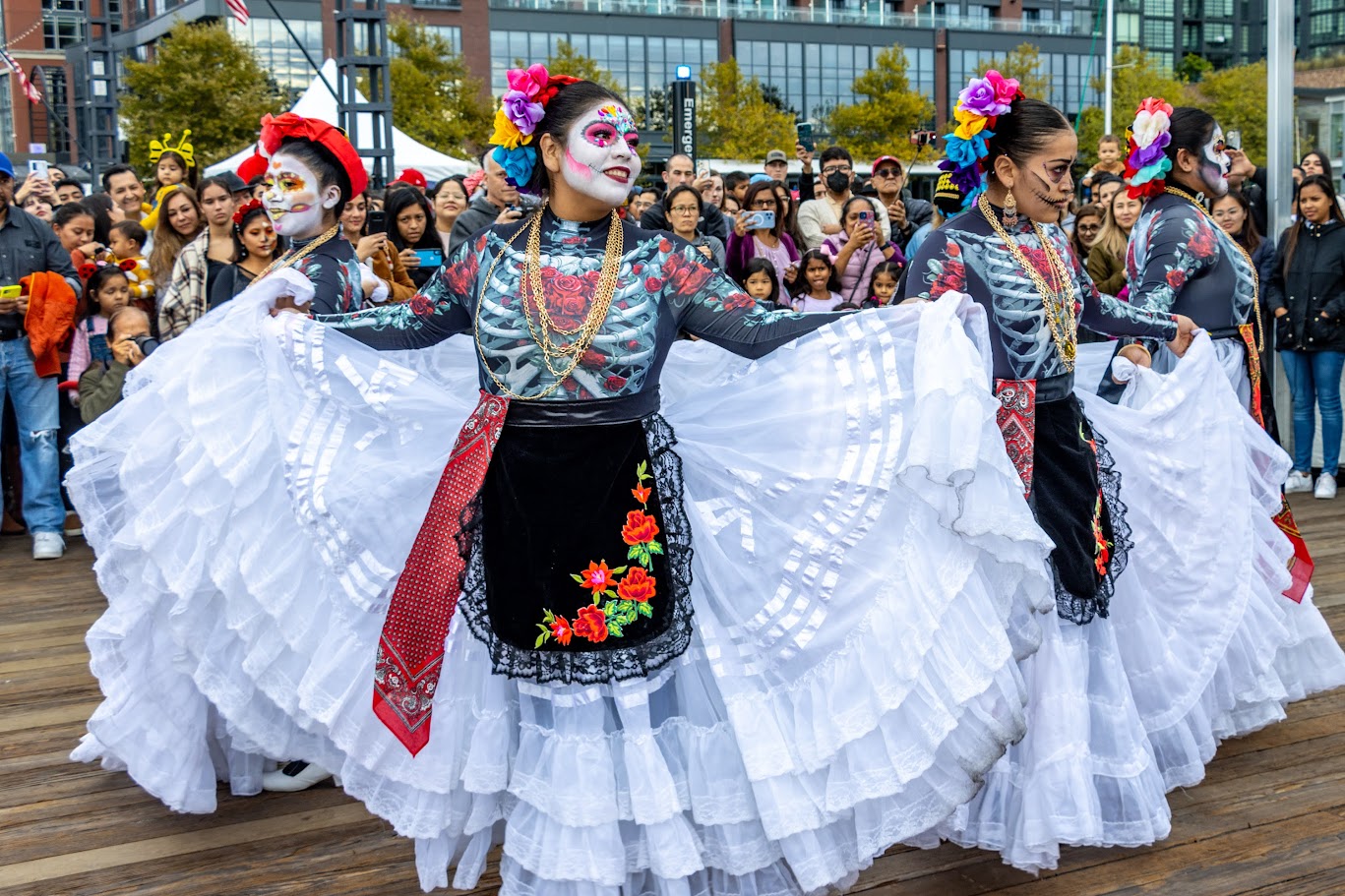
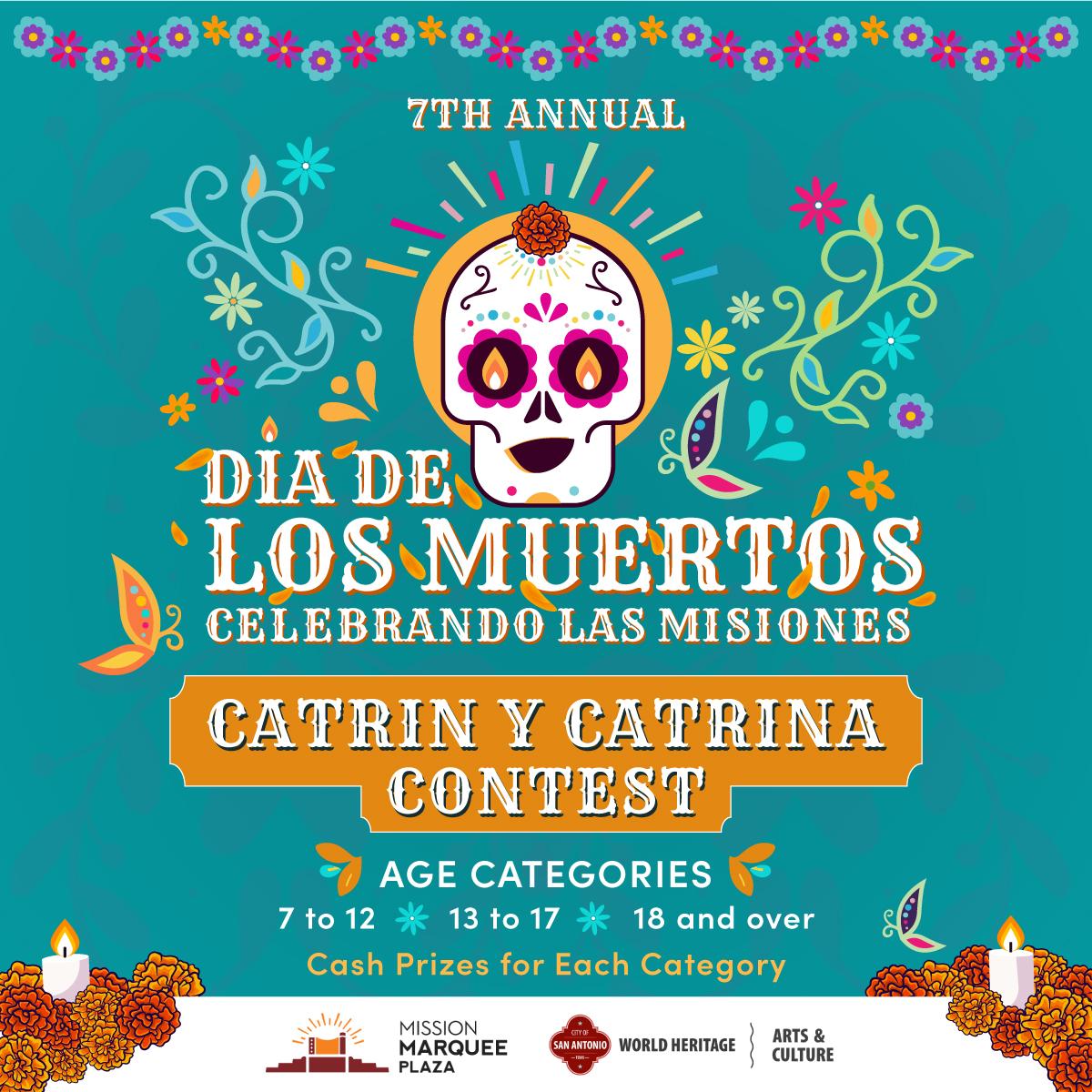
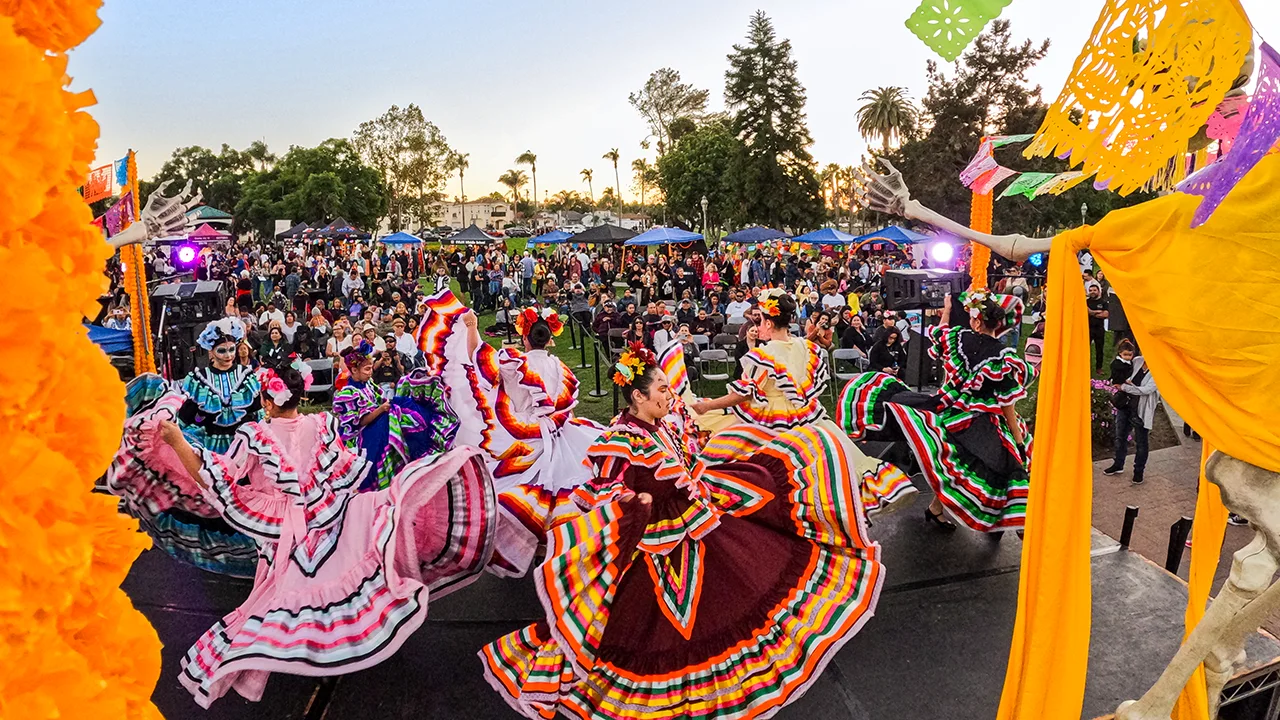
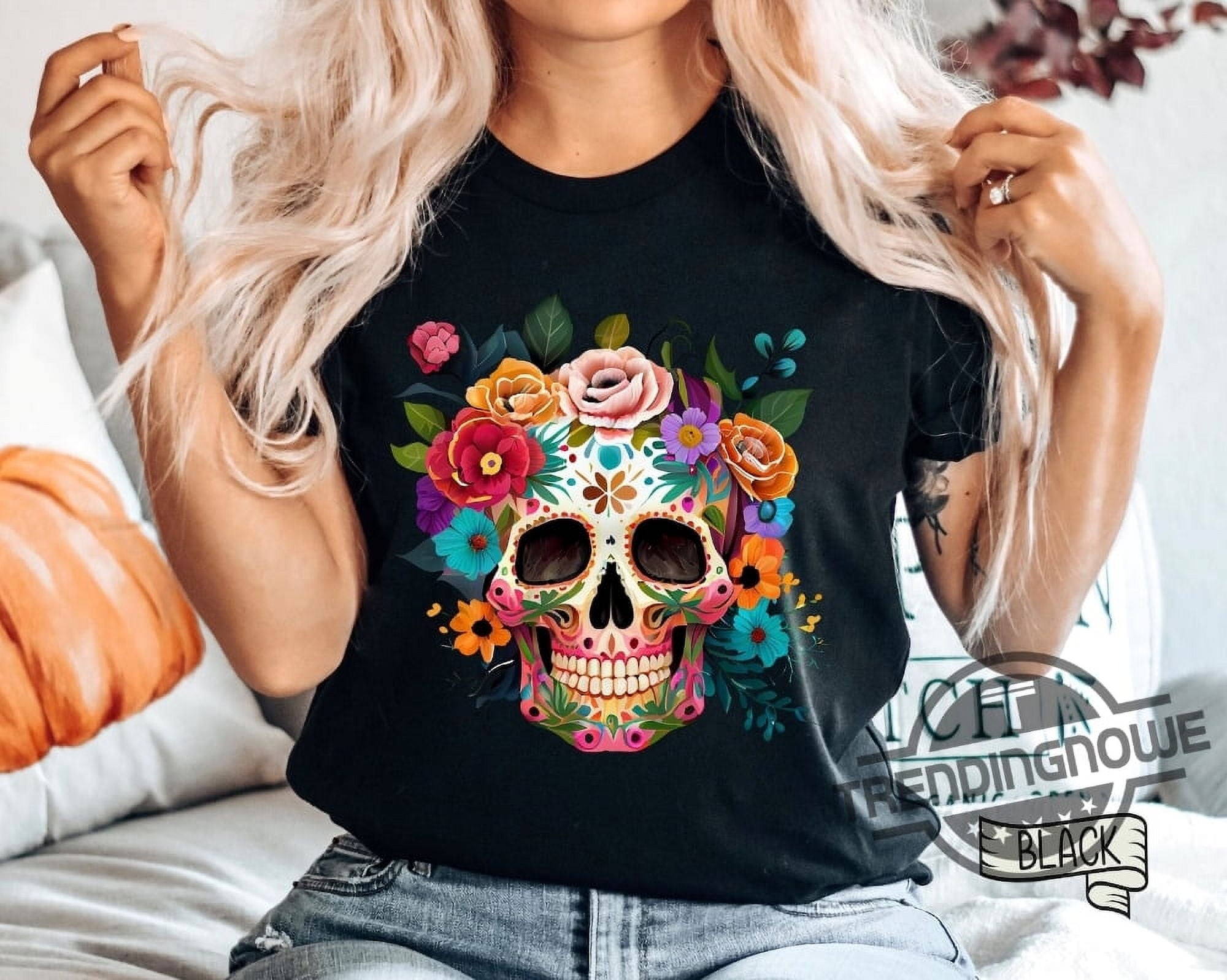


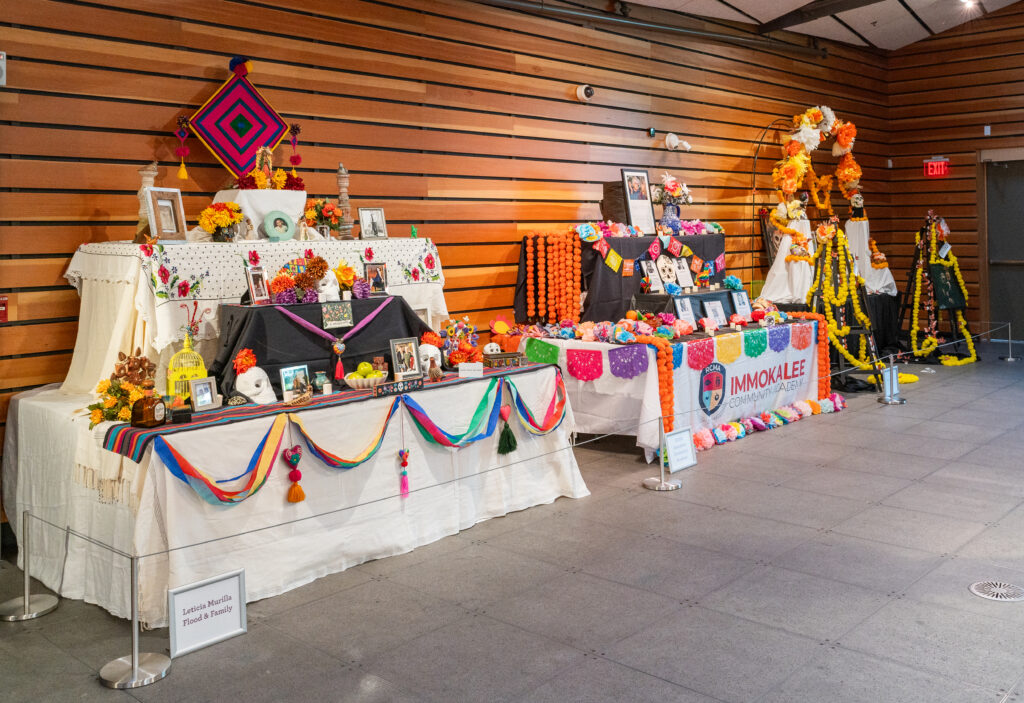
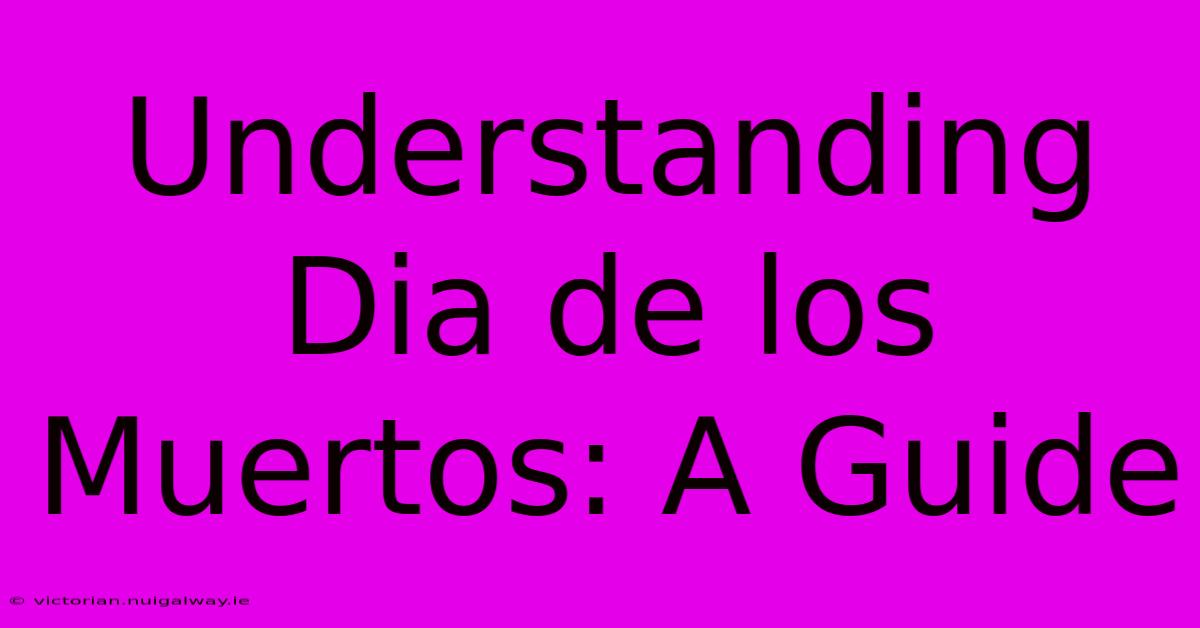
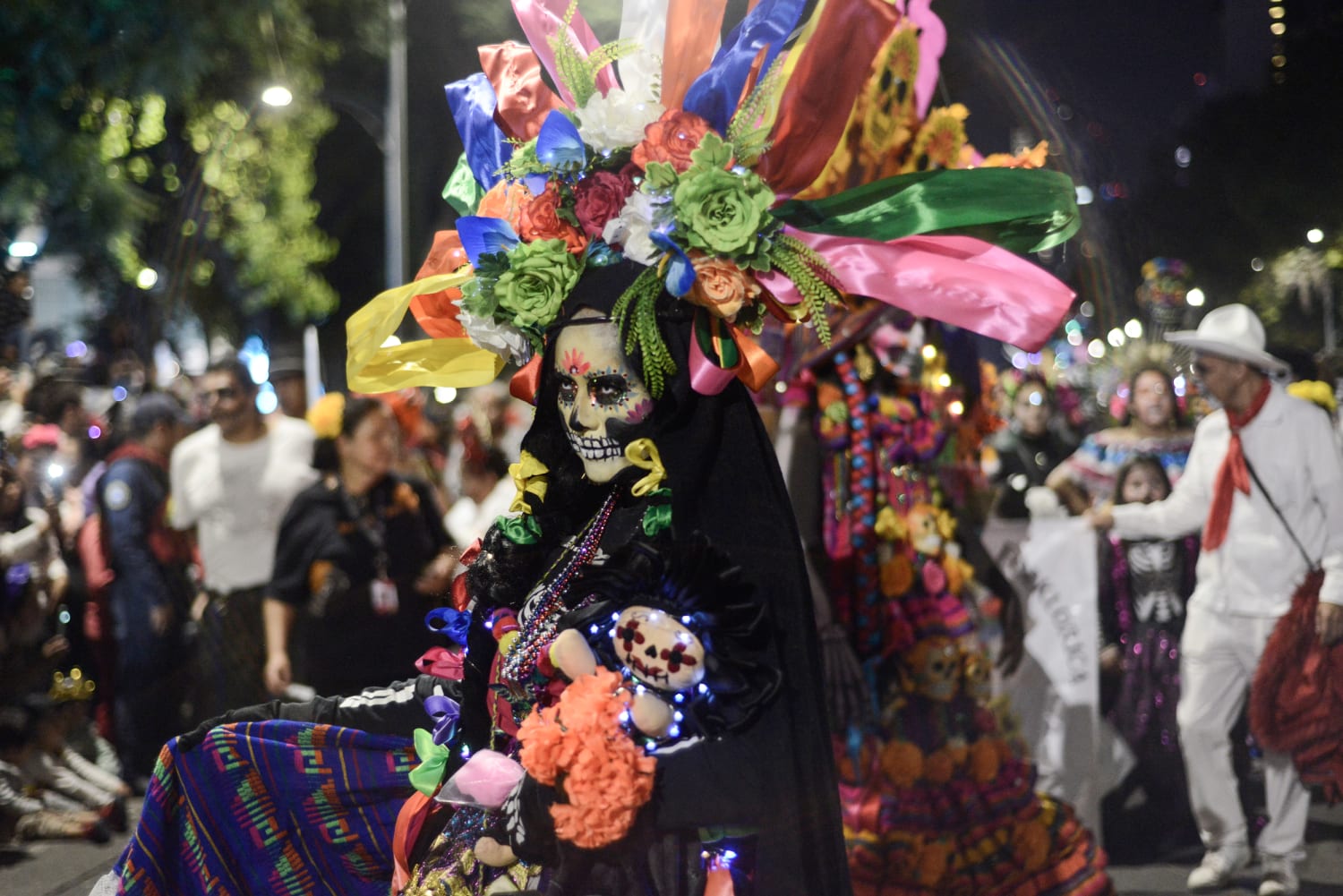


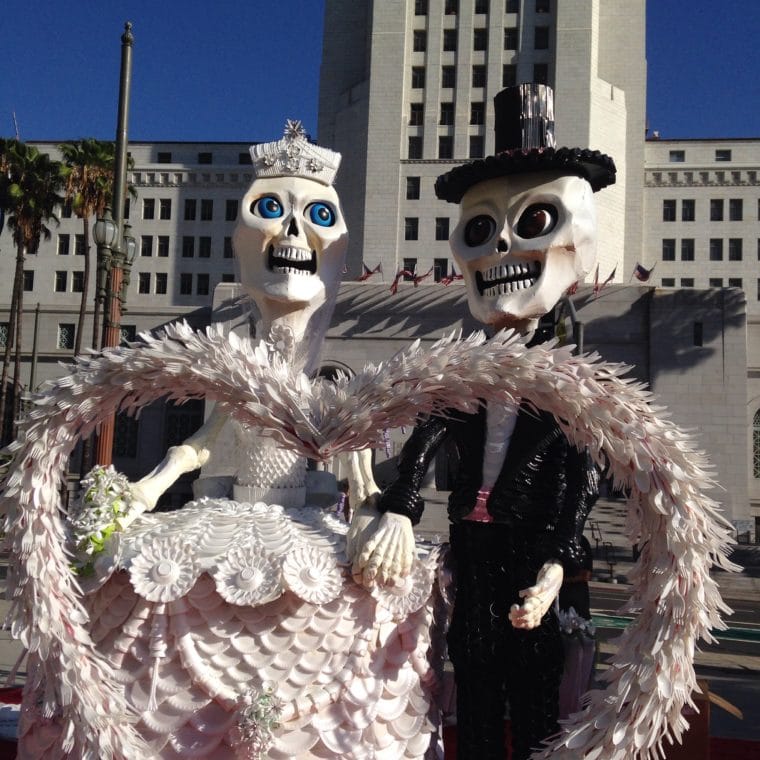

![[BLACK] Flower Sugar Skull Shirt, Day of the Dead Skull Shirt, Dia de ... Dia de los Muertos [BLACK] Flower Sugar Skull Shirt, Day of the Dead Skull Shirt, Dia de ...](https://i5.walmartimages.com/seo/BLACK-Flower-Sugar-Skull-Shirt-Day-of-the-Dead-Skull-Shirt-Dia-de-los-muertos-Shirt_ef2832a6-dae1-4482-9698-e19c58fcfd84.5ee5f5e4e6b8d267fcd94366bca507f3.jpeg?odnHeight=117&odnWidth=117&odnBg=FFFFFF)
